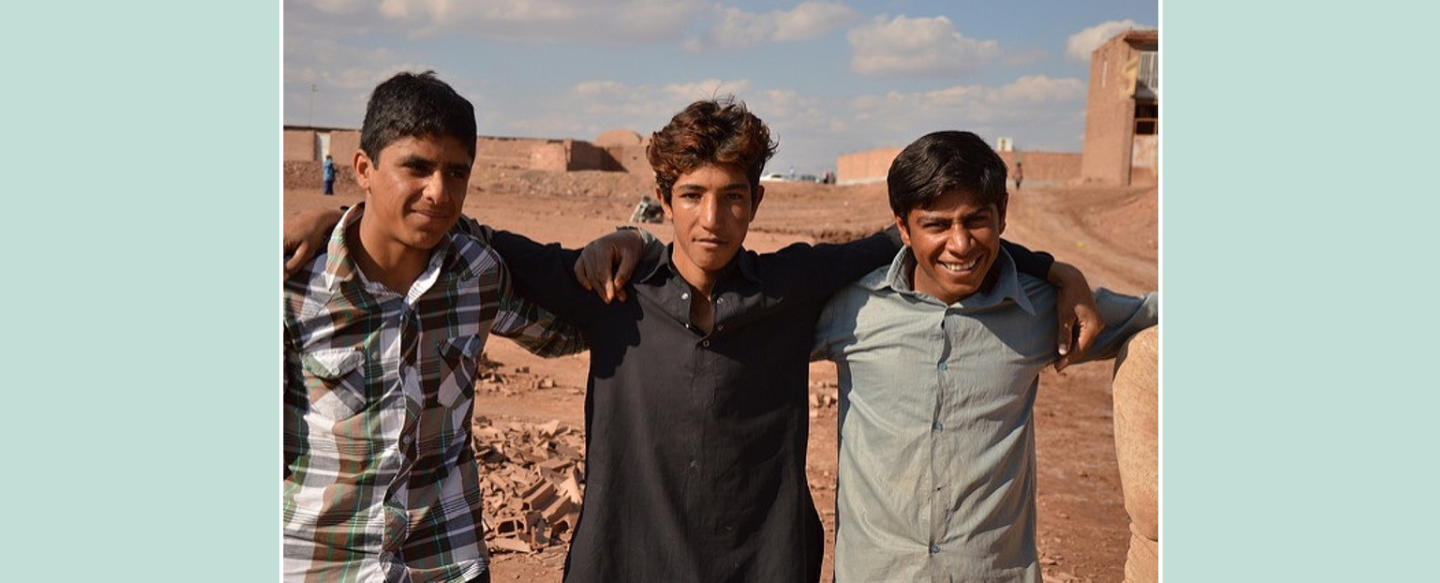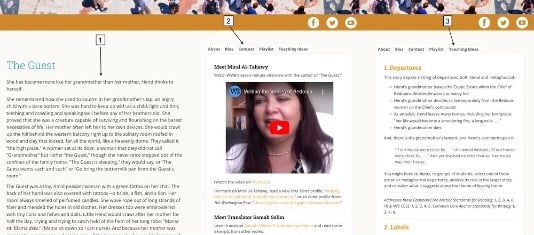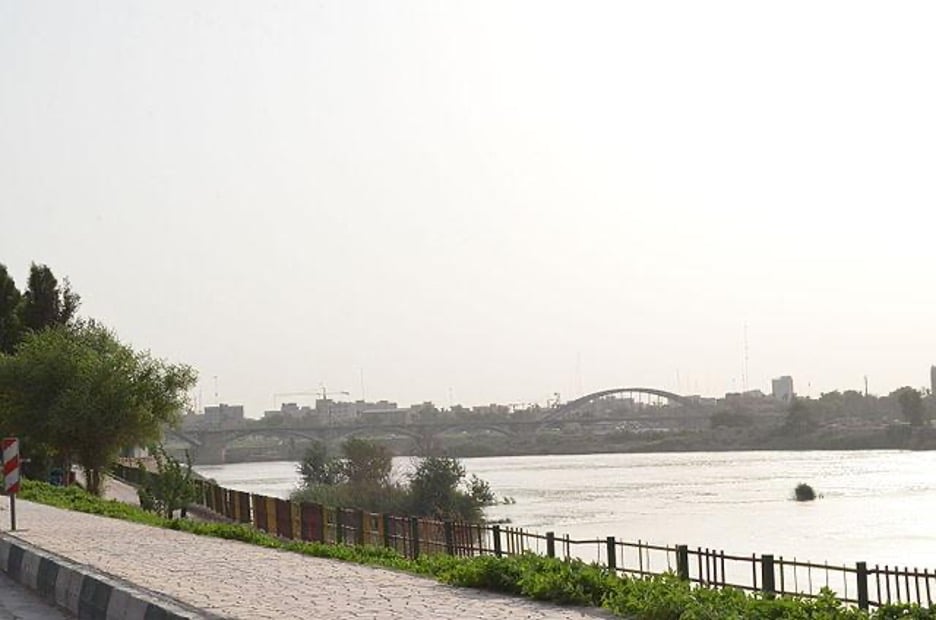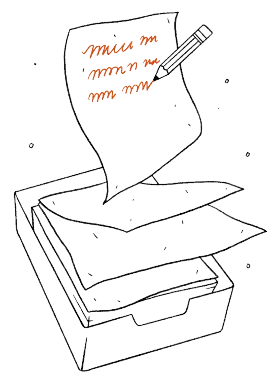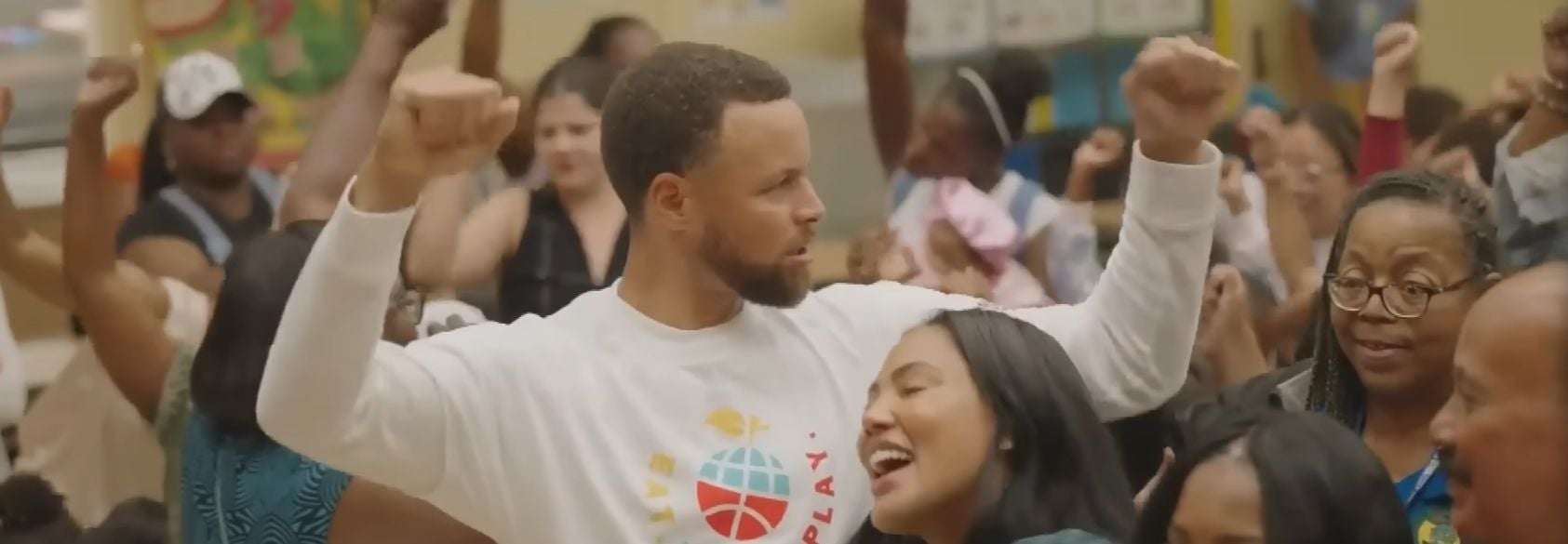With all the content to cover in a typical social studies class, why might we also look at adding literature to the reading list?
According to research by scholars and international organizations, reading stories and poetry brings students to a level of understanding beyond what can be achieved with informational resources alone.* As Louise Rosenblatt writes in Literature as Exploration, literature helps us to “vicariously share in people’s lives, struggles, and achievements,” and is therefore “a potential means of developing social understanding.”
The emotional component of this reading will help the information “stick” with students, inform their actions as citizens, and connect to their future learning.**

But how do we move students from an initial spark of empathy into an informed understanding of the issues that shaped these stories, and finally, into meaningful action? The organization Re-Imagining Migration provides a framework with its Learning Arc, consisting of three stages and sets of questions:
- Moving Stories: literature and family experiences about migration, “stories that make us human”
- Understanding Migration: what drives it, what the experience is like, what kinds of stories get told about it
- Taking Action to build more inclusive communities
The resources on this site help teachers support that process. Once students have read a story or poem (1), they can use resources in the blog post or Context tab to build a deeper understanding (2), and finally, take action (3) via suggested activities at the bottom of the blog post or in the Teaching Ideas.




